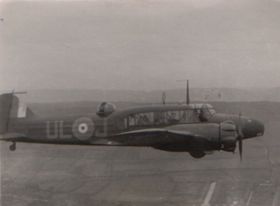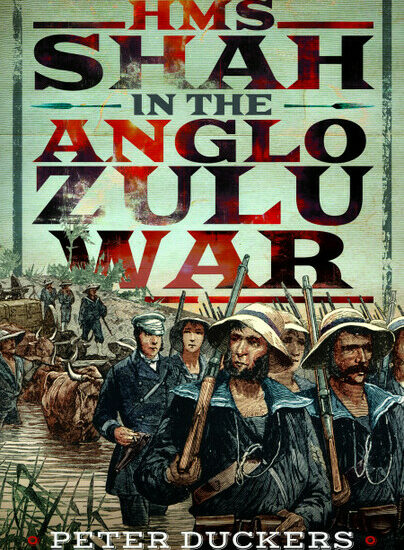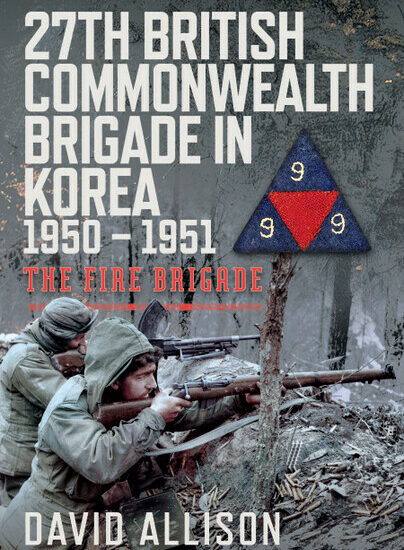Author Guest Post: Louise Wilkinson
What makes a volunteer?
The reserve forces of the Royal Air Force have been the focus of my research for a good many years now. I found it fascinating to learn that young men, often from wealthy backgrounds were prepared to volunteer to join either the Auxiliary Air Force, or from 1936 onwards, the Royal Air Force Volunteer Reserve. The Auxiliary Air Force (AAF) was formed around 1925, and volunteers, had to be asked to join, by individual commanding officers, one of twenty-one squadrons. I started my research when I was a secondary school teacher, teaching history to 11-16 years in Stockton on Tees. I found that 608 (North Riding) Squadron had been based at Thornaby Aerodrome, which was around five miles from where I lived. I began my research in 2002, and have subsequently been on a journey of research resulting in two books, an MPhil, a PhD and being the project historian on the Spitfire Project in Thornaby. As I began my research, I realised that there was very little written about the reserve forces of the RAF. And what there actually was, was based on the experiences of 600 (City of London) and 601 (County of London) squadrons. In fact it was the quote below which captured my imagination and led me to where I am today.

Max Aitken, a former member of 601 (County of London) Squadron, a Conservative MP and Chairman of Express Newspapers remembered that:
“my companions were a pretty wild and high spirited group many of whom I already knew from skiing and after skiing parties at St Anton. They were the sort of young men who had not quite been expelled from their schools, whom mothers warned their daughters against – in vain – who stayed up far too late at parties. Does that sort of young man still exist? I do not know, but in those days they were quite common and they clustered in unusual density at the Headquarters of 601 Squadron.”
The idea that the young men were rich public-school types was highlighted time after time, through all of the interviews that I conducted in both my local area, and across the country. Indeed it was soon clear that:
“in all the history of arms, there can seldom have been a body of men more outwardly confident and pleased with themselves than the pilots of the Auxiliary Air Force – amongst them were lawyers and farmers, stockbrokers and journalists, landowners, accountants and play boys.
They represented par excellence, that powerful amateur tradition which characterised so much of British life before the war.”

I began my work by trying to identify all of the young men who had volunteered for the AAF prior to the Second World War. I did this by trawling through the London Gazette to identify all of the men who had been given a commission as a pilot officer, or gazetted. I then began to build up individual biographies of all the men I had identified using the Times Digital Archive, individual squadron histories and interviews. This led to a detailed biography on many of the men, and the identification of all of the men who had been commissioned. I then wanted to know the social composition of these young men, so I set a series of criteria on which I would be able to group men together. Examples of criteria used were whether or not they had attended a public school, attended an Oxbridge university, whether or not they took part in elite sporting activities such as hunting, yachting, racing and whether or not they had life events marked by an announcement in the Times Newspaper. The results were fascinating and formed the basis for this new book with Pen and Sword.
601 Squadron were nicknamed “the Millionaire squadron” and lined their uniform jackets with red silk and wore red socks or red scarves. During 1939:
“at the outbreak of war the “millionaires” were so concerned about the prospect of petrol rationing and how it would affect their private transport, an officer was assigned to the task of buying petrol. He came back having bought a service station but announced that the pumps there were only half-full. This situation was remedied when another pilot remembered that he was a director of Shell. His secretary arranged a delivery.


The Territorial Air Force is available to order here.

